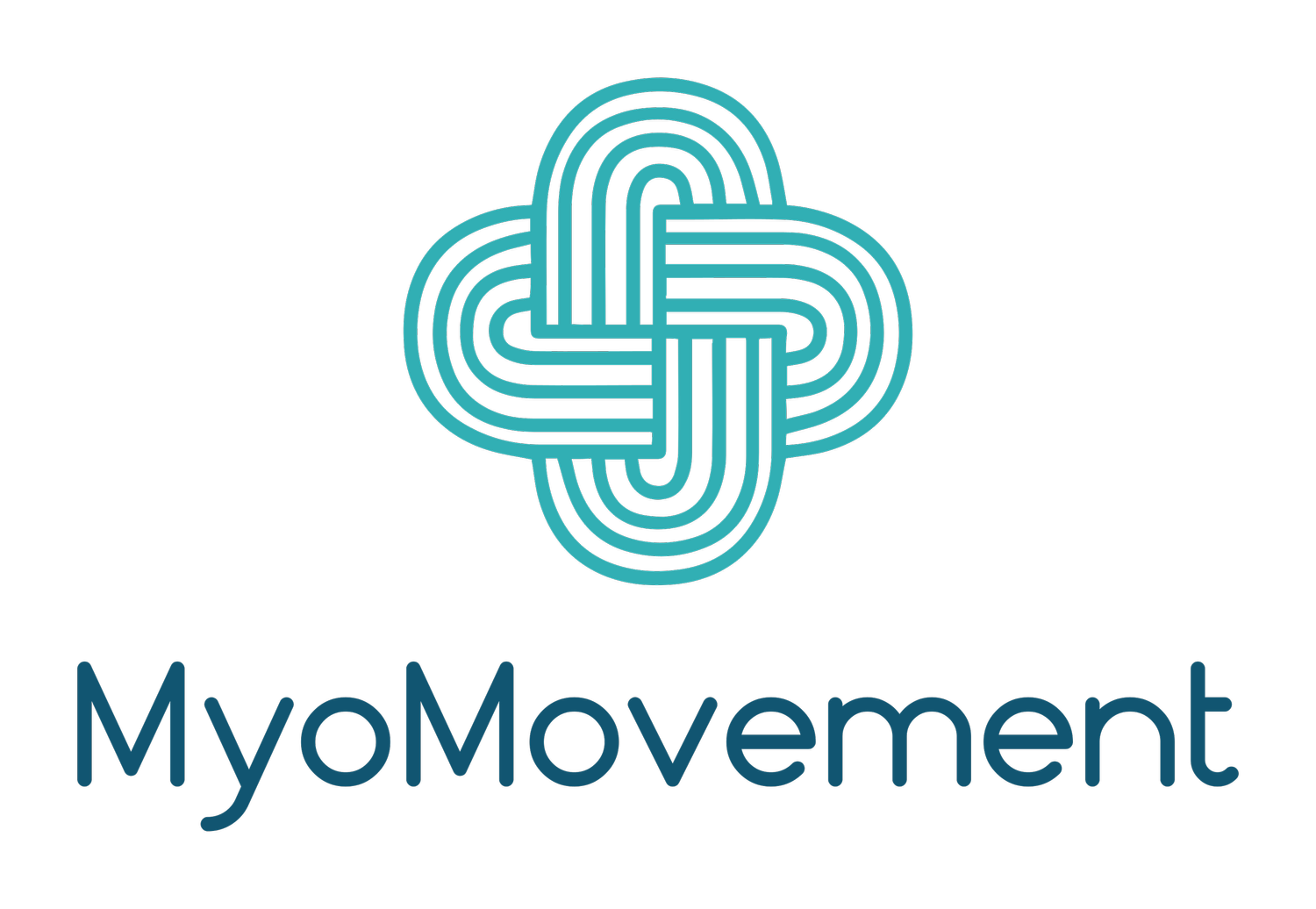Untying the Knot: Exploring the Connection Between Tongue Tie and Myofunctional Disorders
The intricate balance of oral and facial muscles is crucial for various functions, from speech and swallowing to overall facial development. An often overlooked factor in this balance is the presence of a tongue tie, or ankyloglossia, a condition where connection beneath the tongue to the floor of the mouth (lingual frenulum) is shorter than usual, restricting the range of motion. We now consider these restrictions to be “TOTS” or “Tethered Oral Tissues”, and are not just limited to the tongue. There can be lip (labial) or cheek (buccal) ties as well. The impact of tethered oral tissues extends beyond mere physical constraints, with connections to myofunctional disorders that can affect oral health and overall well-being. In this blog post, we will delve into the relationship between “tongue tie” and myofunctional disorders, shedding light on the profound implications of this connection.
Understanding Ankylogossia/”Tongue Tie”:
Physical Limitations: Tongue tie restricts the natural movement of the tongue, limiting its ability to reach the upper palate, a crucial aspect of normal oral function.
Variations in Severity: Tongue tie severity varies, with some individuals experiencing minor restrictions, while others may have more pronounced limitations.
We look at the function! Are there other muscles compensating for the restriction, etc.
Myofunctional Disorders Defined:
Oral Muscle Dysfunction: Myofunctional disorders involve the improper function of oral and facial muscles, leading to issues such as tongue thrusting, abnormal swallowing patterns, and speech difficulties.
Causes and Consequences: Myofunctional disorders may arise from various factors, including tongue tie, mouth breathing, or other muscle-related issues.
The Link Between Tongue Tie and Myofunctional Disorders:
Speech Challenges: Tongue tie can contribute to speech difficulties due to limitations in tongue movement. Myofunctional disorders often manifest in speech-related issues, creating a synergistic challenge.
Swallowing Patterns: Individuals with tongue tie may develop compensatory swallowing patterns to navigate the restricted movement. These patterns, if not addressed, can lead to myofunctional disorders affecting swallowing.
Impact on Facial Development:
Orthodontic Issues: Tongue tie can contribute to orthodontic challenges, such as malocclusions and jaw misalignments. Myofunctional disorders further compound these issues, affecting overall facial development.
Facial Aesthetics: Proper tongue function plays a role in shaping the face during development. Tongue tie and myofunctional disorders may impact facial aesthetics over time.
Treatment:
Frenectomy/Frenuloplasty: In cases where tongue tie significantly contributes to myofunctional disorders, a simple surgical procedure called frenectomy or frenuloplasty may be recommended to release the restrictive tissue.
Myofunctional Therapy Exercises: Myofunctional therapists prescribe specific exercises to retrain and strengthen oral and facial muscles, addressing the root causes of myofunctional disorders. These exercises should be done pre- and post- surgical release.
Early Intervention:
Preventive Measures: Early detection and intervention for tongue tie and myofunctional disorders can prevent the development of more severe issues, contributing to optimal oral health and function. This greatly helps with growth and development.
Adults with Tethered Oral Tissues:
Surgery may or may not be indicated. Typically, one will begin myofunctional therapy to help gain improved function in the tongue and then assess if a surgical release will benefit the patient.
The connection between tongue tie and myofunctional disorders is a critical aspect of oral health that deserves attention. Understanding this relationship can lead to more comprehensive interventions, from addressing tongue tie through frenotomy to engaging in myofunctional therapy to promote optimal oral and facial muscle function. By untangling the knot between tongue tie and myofunctional disorders, individuals can embark on a path toward improved speech, swallowing, and overall well-being.

